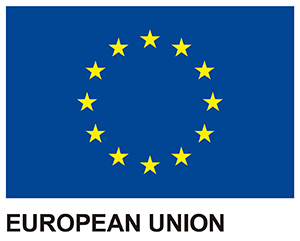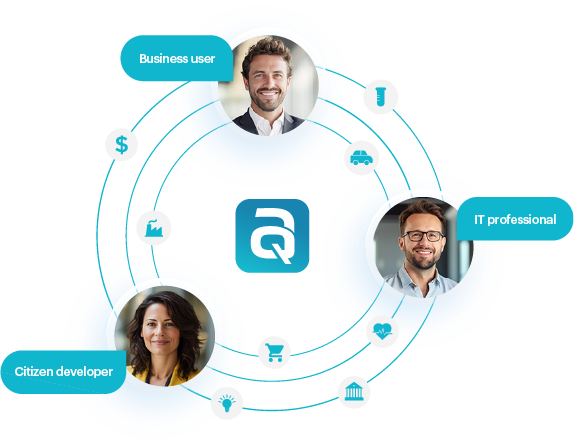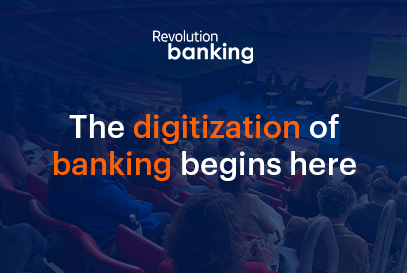

AuraQuantic is
A single software platform to easily create and orchestrate:
Business processes (BPM)
Workflow automation
AI solutions
No-code apps
Intelligent documents
Trusted by leading companies
Trusted by leading companies
WHO CAN USE AURAQUANTIC?
A tech solution suitable for anyone
AuraQuantic is an accessible technology platform, designed to be used by business users and citizen developers, as well as IT professionals. It allows the agile creation of applications and process automation in any industry, business area and department. Digitize your use case without the need for programming.
WHY AURAQUANTIC?
Aspects that make us unique
AURAQUANTIC MARKETPLACE
Connected to your favourite tools
Expand AuraQuantic’s capabilities with more than 50 connectors and integrations.
AWARDS
Leading analyst firms recommend AuraQuantic
A selection of awards and recognition based on our customer success and product strengths.
100+
Partners
20+
Years of experience
10M+
End users
2000+
Certified consultants
50+
Countries
BLOG
AuraQuantic news
Request a demo
European Regional Development Fund

A way to make Europe
Aura Difusión, S.L. within the framework of the ICEX Next program, has received support from ICEX and co-financing from the European ERDF fund. The purpose of this support is to contribute to the international development of the company and its environment.
European Regional Development Fund

A way to make Europe
Aura Difusión, S.L. within the framework of the ICEX Next program, has received support from ICEX and co-financing from the European ERDF fund. The purpose of this support is to contribute to the international development of the company and its environment.
























